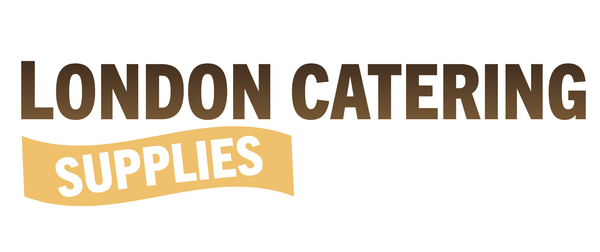
Let’s start this with a question. Do you know the exact number of things (utensils, spices, raw food, packets, etc.)in your restaurant or catering shop? Well, most of you wouldn’t be able to guess since there are so many things. And it could pose a risk to the safety of people if two things that shouldn’t mix get mixed. What if a dairy product gets mixed in a food product and a lactose intolerant person is served that dish? What if raw meat that contains bacteria gets in contact with some food product through a knife? Such scenarios have happened and they could if we’re not careful about it. Even a slightest of danger could endanger someone’s health.
That’s the reason why colour coding in kitchen is one of the first things that the catering students are taught. It’s a simple yet asuper-effective method to ensure food safety in the kitchen. Such coding should not only be applied to the food products, but also to the utensils that are going to be used in cooking.
Here’s a colour-coding system that will help you keep things separate and ensure food safety.
White – Choosing colours is all about going with our instincts and that’s why white colour is the one that’s the most used for dairy and bakery items. The white colour reminds all of us of milk, which dairy and bakery products have in plenty. Therefore, you should also prepare bread, pastries and cheese on white boards and use white handled knives.
Yellow – We recommend using the yellow colour for cooked meats. The reason behind keeping cooked meat apart from the raw meat is that cooking meat removes the bacteria. This way, using yellow-marked utensils will protect the meat from bacterial contamination.
Red –The red colour is for raw meat and you should keep it away from the rest of the areas of food preparation. That’s because raw meat contains live bacteria that could spread to the rest of the food items and cause contamination. Please note that it’s for raw meat, not raw fish.
Blue – The blue colour suggests water and what lives in the water? Well, you guessed it right, it’s fish. That’s pretty good reason to use blue colour for raw fish. One thing you need to remember about fish is that you should never mix raw fish with raw meat. You shouldn’t put them anywhere near together as raw fish is a common allergen. Not only that, you should use a separate fryer for fish.
Green – Green is the colour of vegetarianism and that’s exactly how you should colour-code them for fruits, salads and vegetables.
Which Utensils Should be Colour-Coded?
If a utensil comes in frequent contact with food or is used frequently, then it should be colour-coded. It’s as simple as that. Here are some of the utensils that must be color-coded:
- Tongs
- Knives
- Brushes
- Thermometers
- Food packaging containers
Colour Coding Can be Useful for Cleaning & Convenience
If you run a commercial kitchen, then you know how important the overall cleanliness of the kitchen is. In 2006, the Foods Standards Agency have recommended use of a different coloured cleaning equipment in places where ready-to-handle foods are stored and prepared. This will ensure your kitchen stays away from the contamination caused by less hygienic cleaning equipment, such as equipment used in bathrooms. The British Institute of Cleaning Science (BICSc) suggestsusing yellow cleaning equipment in kitchens and food preparation areas, so that it becomes easy to differentiate cleaning products.
Another area where colour-coding can be quite useful is in uniforms. Colour-coded uniforms help you identify members easily and therefore, you can contact them promptly in situations where they’re urgently needed. Moreover, such colour-coding facilitates smooth operations inside the kitchen as well as outside.
Final Word
Colour-coding is a matter that might seem small to you but it’s something that yields fantastic benefits when you implement them – whether you run a catering shop in London or have a giant restaurant business. You’d be surprised to know how such a small thing could help your business. Try it out!

